The Difference Between Hardscaping and Softscaping
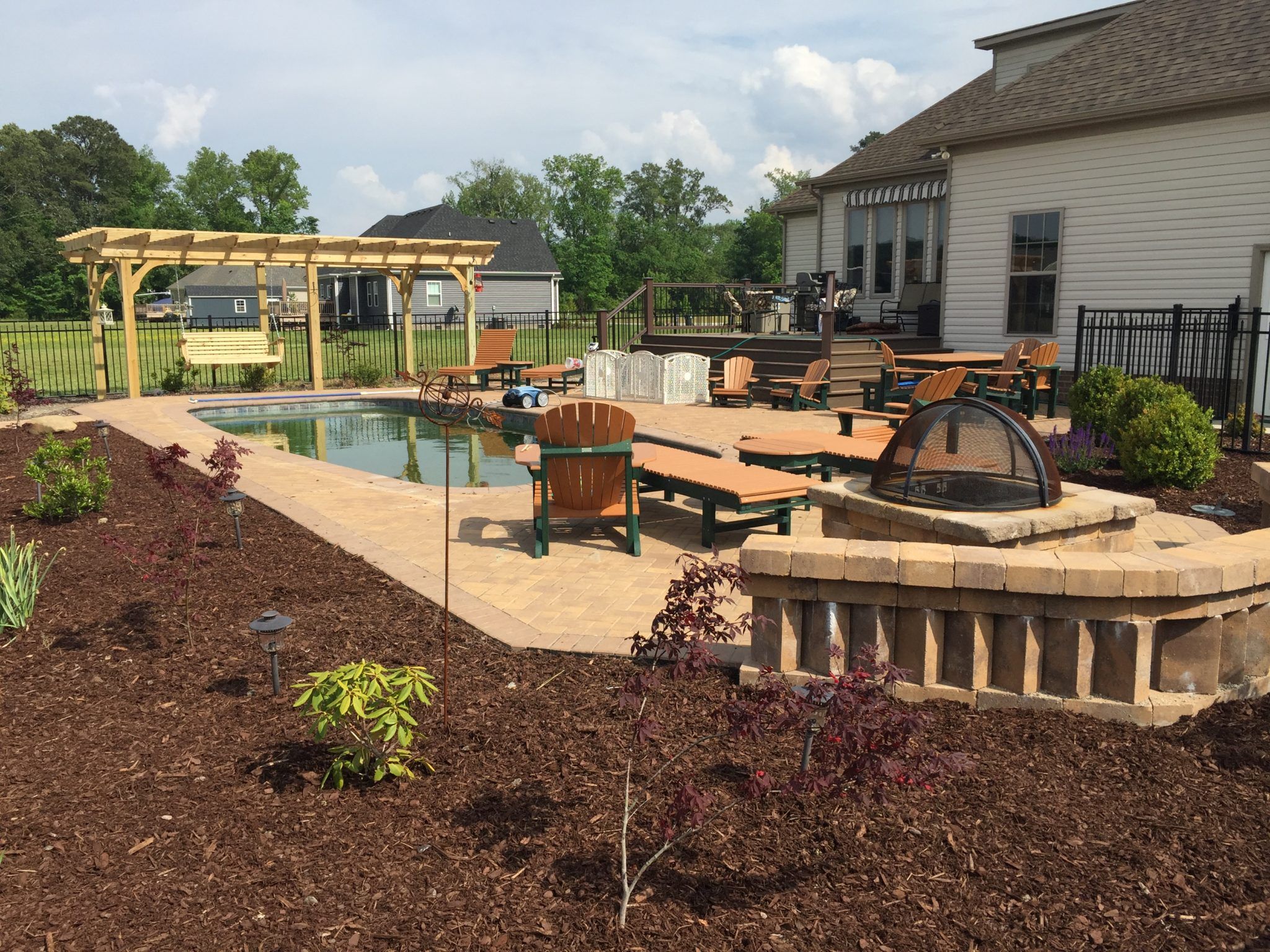
As some people may say, your home reflects your personality, which explains why some people choose to spend millions and millions on home beautification. According to the psychology of space, the more experiences you have, the more you subconsciously incorporate that into the design of your home to tell a story that reflects who you are and how you feel.
Decorating a house isn’t limited to beautifying the interior. Your lawn is equally as important as what is inside. The home’s exterior leaves the first impression because it’s the first thing people see, even from the road. If you’re selling a house, you need the outside to look impressive to attract potential buyers. The lawn sets the mood for the whole house by making it brighter and more colorful.
What Is The Difference Between Hardscaping and Softscaping?
Landscaping helps in framing any building better. By definition, landscaping is the process of beautifying an area of land by altering plants, rocks, fences, and other elements for aesthetic or practical purposes. Technically, every feature that is fixed outside the house is considered an element of landscaping. It’s transforming an outdoor space using both art and science.
Some homeowners landscape to have a small natural habitat, some do it to conserve water, and some do it simply to make their land more pleasing to look at. Most commonly, the lawn is designed according to its purposes- such as a kids’ playground, a Zen garden, or a butterfly garden. Other times they are designed for a theme such as tropical, rustic, or cottage-style to have a consistent flow or feel. It is important to get help from a professional landscape designer because they know how to utilize the available space, coordinate the theme with the house itself, and use materials or elements that fit your place.
Landscaping is divided into two forms: the hardscape and the softscape. A high-quality landscaped area is a balance of both. In general, hardscape uses hard materials such as fences, concrete, bricks, rocks, pebbles, and pots. Softscape is the complete opposite. It comprises the growing plants, shrubs, trees, and other living elements. But how else are these two different?
Hardscape
Hardscaping makes the design of your yard more continuous with the hard structure of the house. Aside from making your yard more pleasant to look at, hardscaping also increases your space’s functionality.
The most commonly made hardscape is the garden pathway. Garden paths help you walk from one area of the garden to another without damaging the plants and grass. Often, garden paths form a pattern that frames the land, making it more stylish and functional at the same time. Some pathways are made wide enough to serve as the driveway.
Hardscaping includes putting up fences or short walls for privacy and space division. Putting up a barrier can help separate your yard according to the targeted purpose. For example, rather than having a vegetable growing corner and a recreational area in one big space, it’s better to divide the space with fences or short walls. You may also build a retaining wall to fix uneven land that is dangerous or uncomfortable to use.
Retaining walls also help in preventing soil erosion and give your yard levels of flat surfaces. Retaining walls come in different forms, gravity, anchor system, cantilevered, and concrete block. All of these walls function differently but save the same purpose of holding back soil. To ensure that the retaining walls last longer, there needs to be a drain to avoid water building up in the ground, causing it to push against the wall.
Hardscaping also includes overhangs, patios, gazebos, and sheds. These outdoor structures make your yard more useful and beautiful. They provide you an outdoor space to rest when it’s too bright for your liking or when there’s light rain, and you still want to hang outside.
You can build an outdoor kitchen, fireplace, or fountain for bigger spaces if you have more money to spare. These elements make a garden look more extravagant and serve as a focal point of the whole area.
If you are not a fan of meticulous and high-maintenance gardening, it’s best to focus more on hardscaping than softscaping. Hardscaping reduces the space for softscaping, which reduces the time needed for tiring gardening activities. Hardscape elements last longer and require no to a minimum amount of maintenance because these are all non-living elements. They are basically permanent once you have installed the structure. Read more about how we can help you with your hardscaping this year!
Softscaping
As mentioned previously, softscaping includes all the living elements of your garden or yard, such as the trees, flowers, soil, grass, and shrubbery. Softscape features are intended to go around the hardscape elements to complete and compliment the design. To say that all softscape features are “soft” may not be entirely accurate because trees are not exactly soft.
Softscape elements are continually changing and growing. Some softscape elements such as soil, big trees, and shrubs can exist long-term. Simultaneously, other features such as seasonal plants and flowers are easily affected by climate and other conditions that cause it to evolve.
Softscaping helps soften the rough edges of the hardscape structures. For example, patios and gazebos that are square and tend to have harsh visual lines can be softened by adding plants around the edges. Rather than dealing with cutting so many bricks to achieve a rounded patio foundation, use the plants to shape the structure instead.
Planning is crucial before finalizing the softscape. You must look at the bigger picture of how the plants are going to match the exterior of the house and the hardscape. You must also think about the future of the plants. If they are seasonal plants, will the color-change affect the look of the whole garden? Identify the plants that grow better if placed in a specific part of the yard. See if the plants you are trying to incorporate match the mood of the whole place. Since plants bring life and color to the garden, think about the mood it creates in the environment. Do you prefer a burst of colors from red to orange to purple that makes the garden look bold? Or do you like calming lavender and baby blue flowers to surround the place?
Since softscape elements are not permanently fixed in place, it is easier to mix and match the elements to see which ones suit your design best. You are free to experiment around to see if the plants harmonize with each other, or if it works with the hardscape elements around it.
An attractive yard will always be a balance of both softscape and hardscape elements. Softscape adds beauty and life to your space, and hardscape adds solidity and practicality to the whole design. It is up to you to utilize the land according to your liking and match it with your house’s theme.
Conclusion
Please contact Solid Structures to answer any of your outdoor landscaping questions or for a free consultation to transform your backyard. We proudly serve Virginia Beach, Chesapeake, Norfolk and beyond.

Written By Scott Prunty
Scott Prunty is the president of Solid Structures. Throughout his 15 active years in the Design-Build Outdoor Living industry, he has earned various certifications in the areas of ICPI Residential, ICPI Advanced Residential, ICPI Commercial, PCIP, and is an ICPI certified instructor.
- 15 years actively in the Design-Build Outdoor Living industry
- ICPI certified Instructor
- ICPI Residential, ICPI Advanced Residential, ICPI Commercial, and PCIP certified
- Imagine Pools certified installer
- Fluidra certified installer
- Trex Platinum Pro
- Avid saltwater person, boating, diving, surfing, fishing
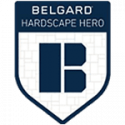
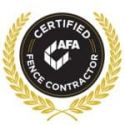

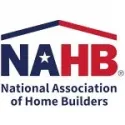


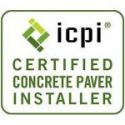

Outdoor Living Redefined. Solid Structures offers full service design build capabilities all under one roof.
179 S Birdneck Rd
Virginia Beach, VA 23451


